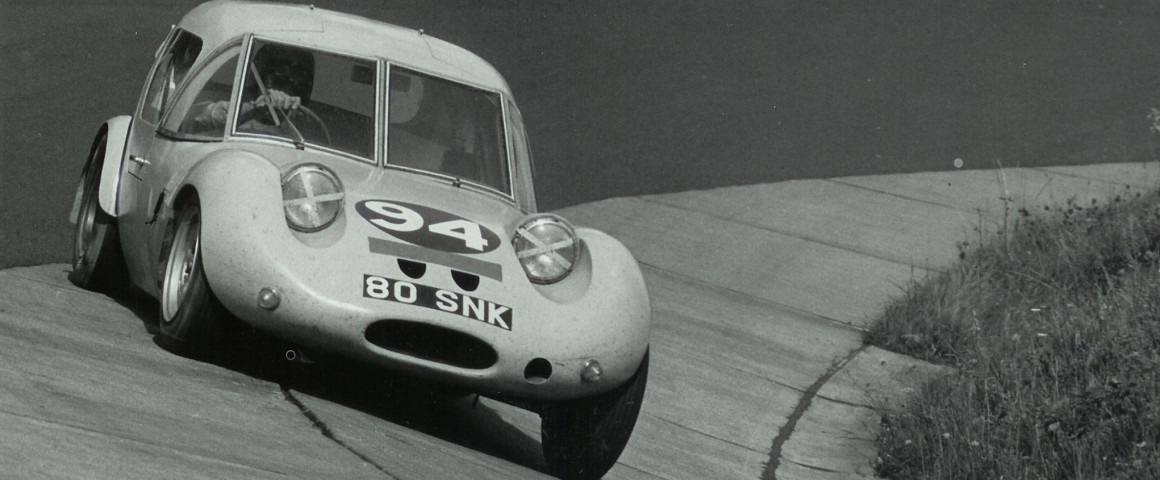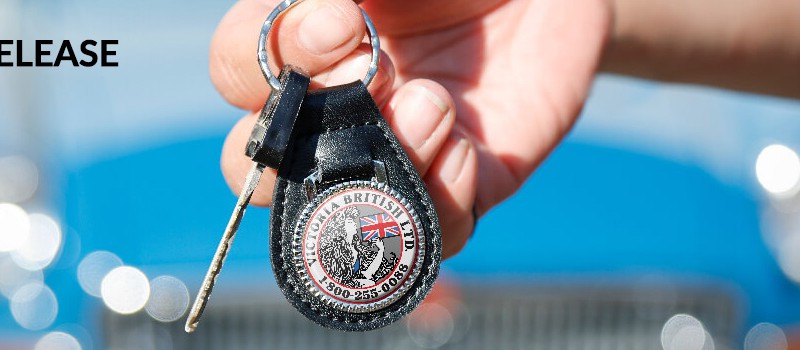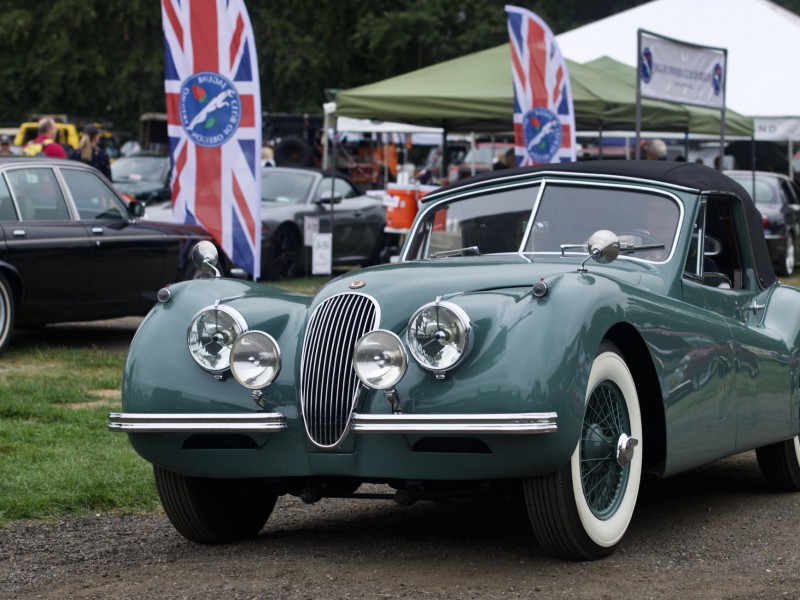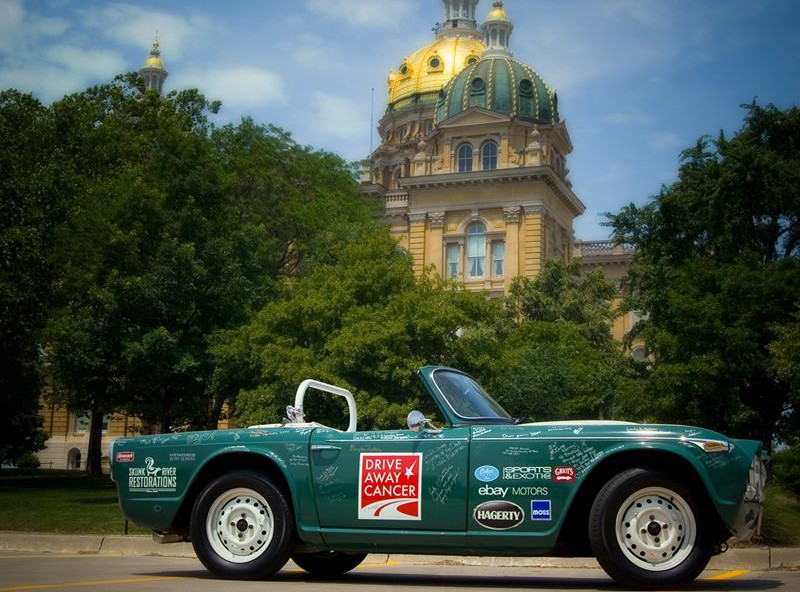By John Sutton
As an 80-year-old nutball car-geek I was reading an article about the Nurburgring and it brought back memories. I raced there in 1963 and 1964 in the 500 km race for sportscars, and won the 1000cc Class in 1963.
After winning the AutoSport Championship in 1961 where the final was a three-hour race at the Snetterton circuit in the UK, I decided that long distance racing was a good idea. It required a level of planning and strategy, which was lacking in the short five or ten lap sprint races.
At the time I was working in the design department of the General Motors plant at Vauxhall Motors in the UK, and after several calls to the ADAC (auto club) in Germany I managed to convince them to give me an entry to the Nurburgring race. Quite clearly an international event of this caliber was going to test my endurance, skill, and ability to prepare the car, not to mention my bank account as a private entrant with no Works backing.
Oh! I forgot to mention that the car I drove was a 1959 Marcos GT made entirely from plywood and spruce, like the famous “Spruce Goose” built by Howard Hughes. It was designed and the chassis built in Dolgellau in North Wales by an aircraft engineer named Frank Costin who had worked on the De Haviland Mosquito bomber during World War Two. The name of Marcos was derived from the names of Marsh and Costin. Jem Marsh being the manufacturer.
Having trained as an aircraft engineer myself, I was immediately attracted to the possibilities of this wooden car. I was therefore the first person to order and pay for a Marcos GT. However, I was not a very experienced racecar driver in 1959 and Jem Marsh gave me very little support with building the car, as he wanted to succeed in racing and did not rate high my chances of success. So I had to build the car myself working in their factory in the evenings after work. Other cars commissioned by Bill Moss and Barry Filer (whose car was raced by Jackie Stewart in his rookie year) were finished before mine. But by the end of 1960 my car was ready for its first outing at Oulton Park.
Before making the trip to the Nurburgring I decided to seek the advice of a near neighbor, Pat Fergusson, who had raced there successfully with a Works Lotus. He gave me the following words of wisdom:
First: spend a week before the race learning the circuit.
Second: learn the downhill sections first as a priority.
Third: make sure the car can withstand hundreds of gear changes as there are over 90 corners on each lap.
Fourth: be as physically fit as you possibly can, it is a very grueling experience.
So I and my two helpers/mechanics, Robert Cook and John Fuller, with whom I had been apprenticed in the aircraft business, set off for Germany a week prior to the race with high hopes. We had been allocated a garage in the quadrangle below the circuit, and having unloaded the Marcos, we set about obtaining a Carnet allowing us to drive around the track so that I could learn the circuit.
As we could not afford a hotel, we slept in the garage with the Marcos for the whole week.
The Nurburgring “Nordschliefe” is rated as the most dangerous circuit in the world. In the early 1960s it was still in prewar condition. There was no Armco barrier to prevent cars from going over the edge and falling several hundred feet into the pine forest below. There were several corners where the approach was blind and preceeded by a hump, sending the car airborne when you should have been setting it up for the corner. You had to remember whether it was a left or right corner and the speed at which to take it. The most notorious of these was on the approach to the Flugplats were Willie Mairesse, driving a Ferrari, had misjuged or forgotten, and did not come down until the car was embeded in the undergrowth beyond the corner, putting an abrupt stop to his race.
The downhill sections were, as advised by Pat, very demanding particularly as one gained speed very quickly near blind corners.
The Carousel or “Wall of Death” was also tricky to master as one had to fall into it at the last possible moment to avoid being thrown out early and sideways. Plus, it is disorienting to be looking up and ahead while concentrating on where one is on the track.
We were fortunate to meet with another UK driver, Peter Jackson, who took us around the circuit in his Jaguar saloon tow car for several laps and gave us a running commentary.
During official practice we were competing with the Abarth team for starting grid position and giving them a run for their money. Jem Marsh who was managing the Works Team noticed that Carlo Abarth was noting the times we were posting on our lap boards. Jem came over and said that he was going to put ficticious, faster times up for our cars, but not to say anything.
A few laps later, Carlo Abarth called all his drivers into the pits and proceeded to give them all a “dressing down,” and telling them to go out and exceed the times put up by the strange wooden cars. The result of this was several broken Abarth motors and some disillusioned drivers.
I think this is what is called “gamesmanship.”
On the day before the race I was about halfway around the circuit when a nasty noise erupted from the rear of the car and it started to steer very badly. I pulled over to the side of the circuit onto a grassy patch, got out and discovered that the rear axle welding had broken where the leading links were attached. My mechanics circled the track to find me, and we decided that it would be easier to remove the axle completely and leave the car where it was. Fortunately ESSO Track Service were at the circuit and very skillfully repaired the axle for me. We then rushed back to the stranded car, refitted the axle, and continued back to the pits. Unfortunately I was unable to set a quick timed practice lap and was placed far in the back of the starting grid.
On race day the drivers all lined up opposite the cars and when the flag was lowered we ran, jumped in and set off—a Le Mans start, which is now banned as being too dangerous. The Marcos with its Gullwing doors was not well suited for this type of start, and I fought the early laps from the back of the pack. However by about halfway, or two hours into the race, the advice I had been given started to pay off. Taking Pat’s advice I had fitted a much stronger clutch diaphragm, which survived all the gear changing, whereas the entire team of Works Marcos all dropped out with clutch failures.
Another problem encountered during long distance racing is that a driver can be on a section of the track with no other cars in view and it is very easy to lose concentration. With a track like the Nordschliefe which rises and falls over 3000 feet in the course of one lap, and can be dry on one side and wet on the other, it is very important to remain vigilant.
After four and a quarter hours racing, I finished 1st place in Class and 2nd overall. When the race was over there was considerable interest in the wooden car and I allowed famous rally driver Elizabeth Jones to take the car for a couple of laps of the circuit.
We then collected the Startgelt (entry fee) and prize money and moved to the Zurburg Hotel for a much deserved rest.
As you can imagine, this experience has stayed with me for all these years and sometimes I even wake in the night having dreamt that I am driving the Nurburgring.
Somehow the dream hasn’t ended yet. Several years ago my car turned up in California. I’m in the process of having it restored.









![80-snk-500km-ring-1963[1]](http://mossmotorsltd.wpengine.com/wp-content/uploads/2020/06/80-snk-500km-ring-19631-e1591745027747-800x477.jpg)



'Racing A Marcos on the Nurburgring' has no comments
Be the first to comment this post!